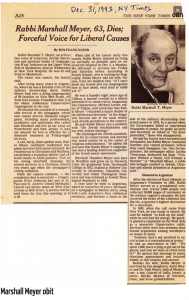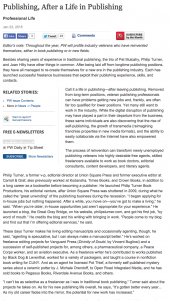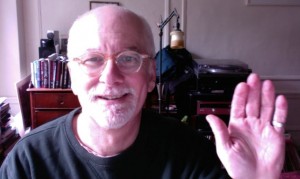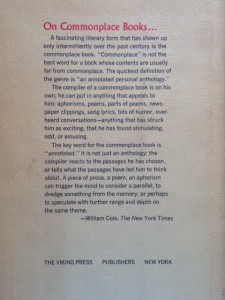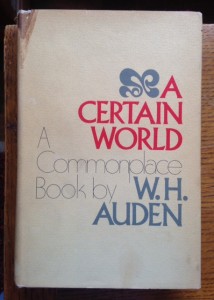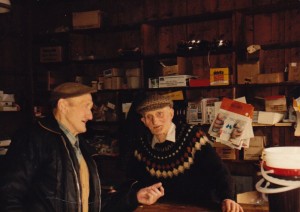Though Weary, the Search for Justice Never Faltered in Argentina, More than Thirty Years after the Dirty War
This is a powerful Retro Report video, “Where Is My Grandchild?”, coupled with a NY Times story by Clyde Haberman, “Children of Argentina’s ‘Disappeared’ Reclaim Past, with Help,” about Argentina in the thirty years since that country’s Dirty War, when babies were taken from their parents, who were then ‘disappeared’ and later murdered. The article explains that those children, more than 500 of them, in turn were illegally adopted and became Argentina’s ‘living disappeared.’ Ever since, brave Argentine grandmothers have been seeking their grandchildren and justice. The video includes an interview with an Argentine geneticist named Dr. Vincent Penchaszadeh who fled the country during the junta—and whom my wife and I coincidentally consulted when in the 1990s we were trying to have a child. He’s since returned to Argentina and is applying his sophisticated understanding of genetics and forensics to help the grandmothers find their grandchildren, 117 of whom have now been connected with one another. Here’s a still of the doctor from the video, which is viewable at this link: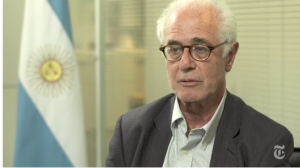
Though I have never been to Argentina, I am connected to this tragic history, not only because we found Dr. Penchaszadeh to be an extremely compassionate caregiver, but because of a charismatic rabbi, Marshall T. Meyer, who led a NYC congregation that I was a member of from 1985 through most of the 1990s, whom we learned the good doctor also knew. In a 2012 blog post about Marshall, I wrote:
“I met Marshall in 1985, shortly after he returned to the United States from Argentina following a lengthy sojourn as a rabbi there, during which time he became an outspoken critic of the military junta that imprisoned, tortured, and ‘disappeared’ thousands of people they deemed opponents in the country’s “dirty war.” The dedication of the searing 1981 book, Prisoner Without a Name, Cell Without a Number, by Argentine activist and former prisoner Jacobo Timerman, reads,
To Marshall Meyer
A rabbi who brought comfort
to Jewish, Christian, and atheist prisoners in
Argentine jails.
After the murderous generals fell from power, Marshall served on the national commission that investigated and chronicled the full range of crimes and abuses they had committed, the only non-Argentine to do so. He told me in sadness that after his service on that body he found he could no longer be an honest pastoral counselor to victims’ families, having learned disturbing details of the torture prisoners endured; he felt torn between sharing what he knew when grieving survivors asked him about their relatives’ last days, and the desire to spare them more agony. However, they sensed he knew more than he could say. Marshall—who as a rabbinical student worked with spiritual giant Abraham Joshua Heschel, typing several of his book manuscripts prior to publication—had a big personality and was unflinchingly vulnerable. He gave and received a lot of hugs. When he returned to the States from Argentina, he soon became rabbi of B’Nai Jeshurun, then a moribund Manhattan congregation, and within a short time had made it one of the most vital synagogues in New York City. It even gained a nickname, ‘BJ.’ During his tenure, Marshall recruited two younger rabbis to serve alongside him there, Roly Matalon and Marcelo Bronstein–from Argentina and Chile, respectively–who fully took the helm after his wrenching death, at only age 63. Though I’m not much involved with the congregation these days, I still consider myself a sort of lay disciple of Marshall’s, and a friend to Roly and Marcelo and to the congregation.”
Below is the NY Times obit of Marshall that ran after his death in 1993, when he was only 63 years old. I am very happy that these adult children of murdered parents are finding their grandmothers. I find this all extremely moving, and think that you may, too. 